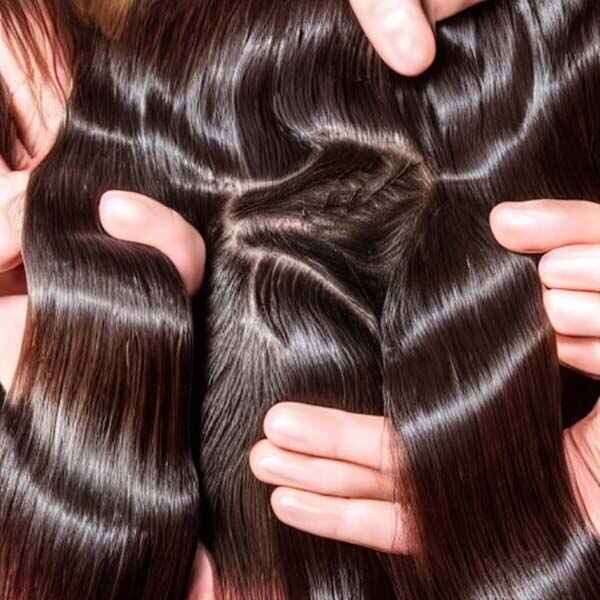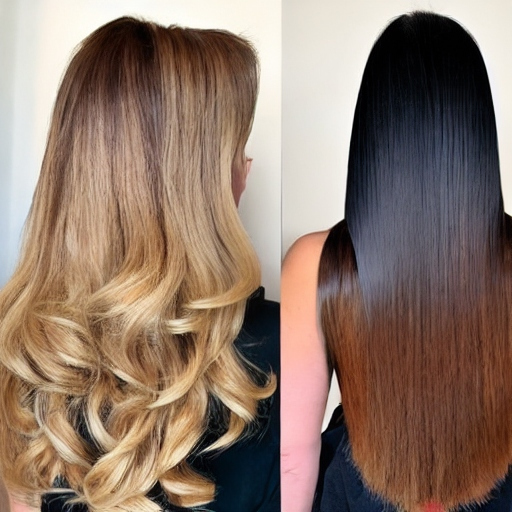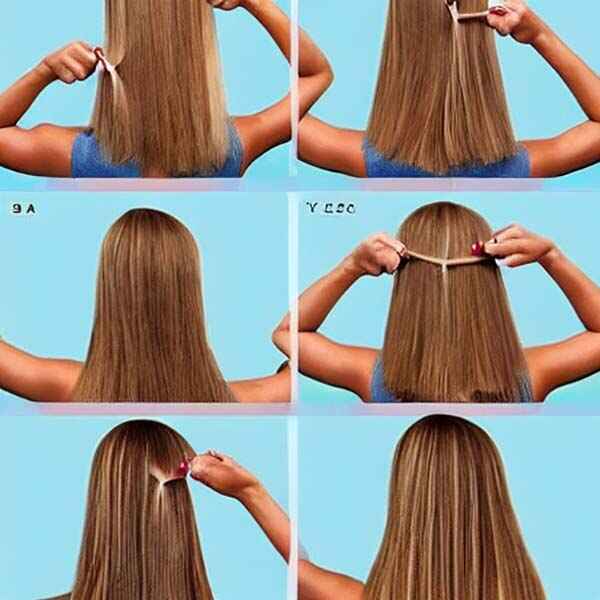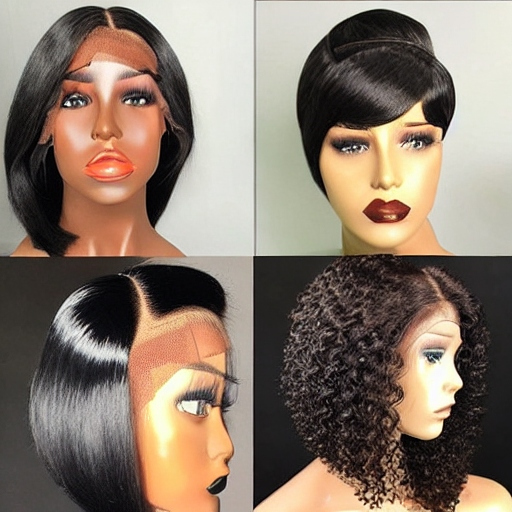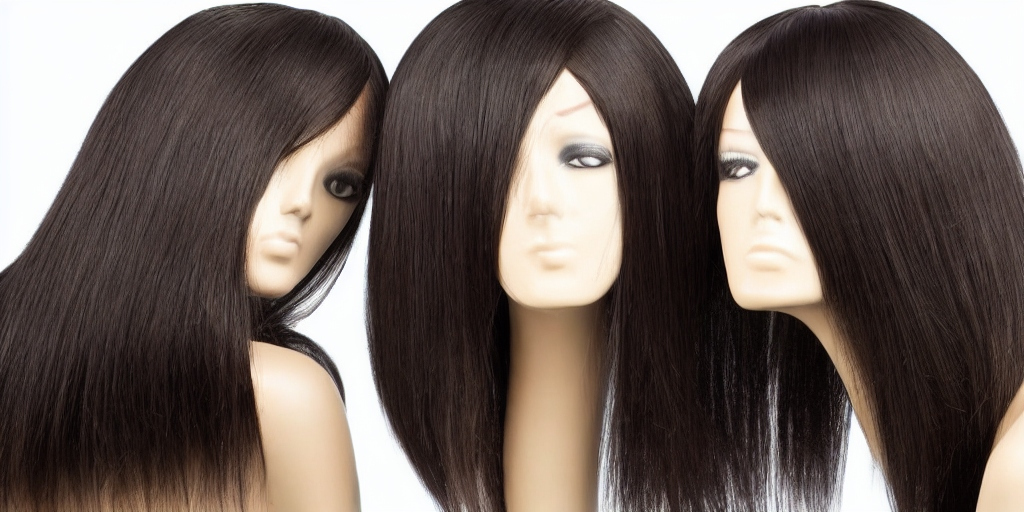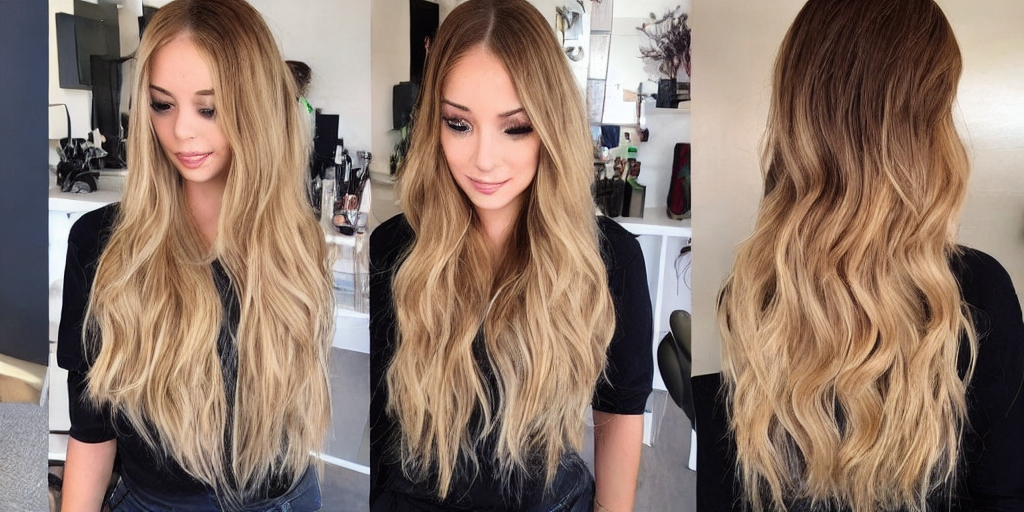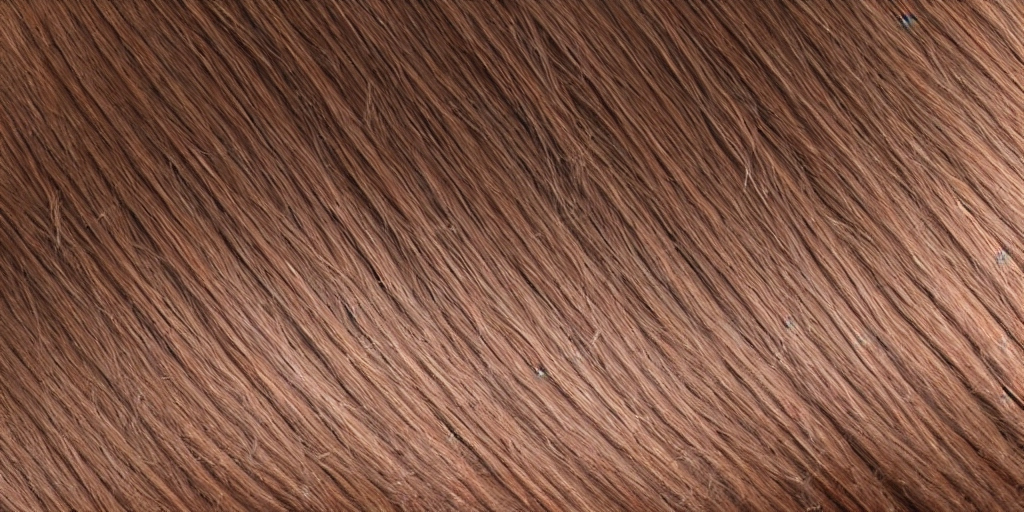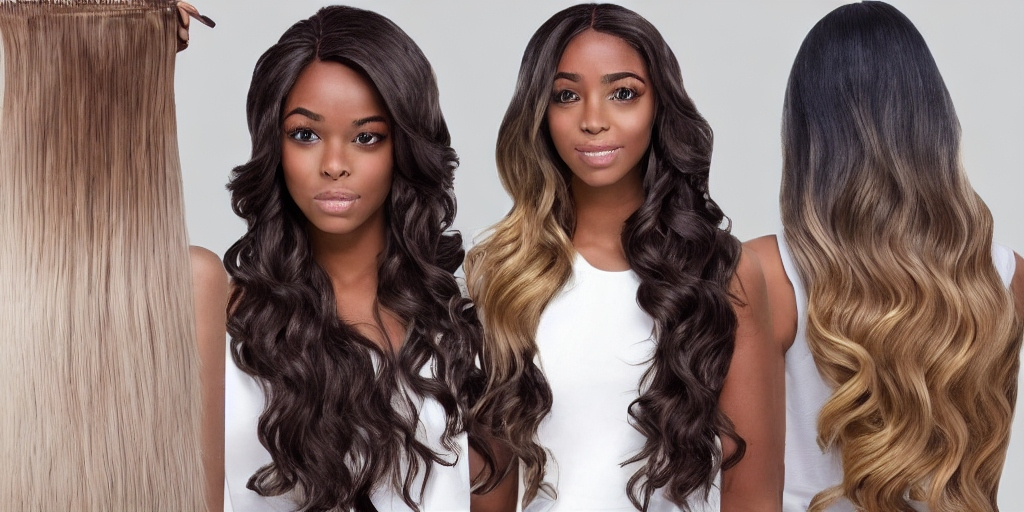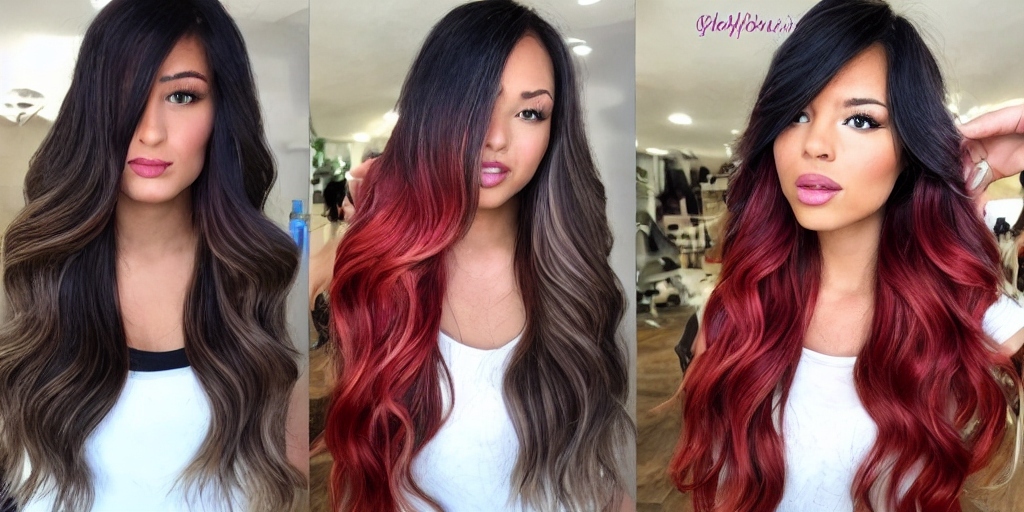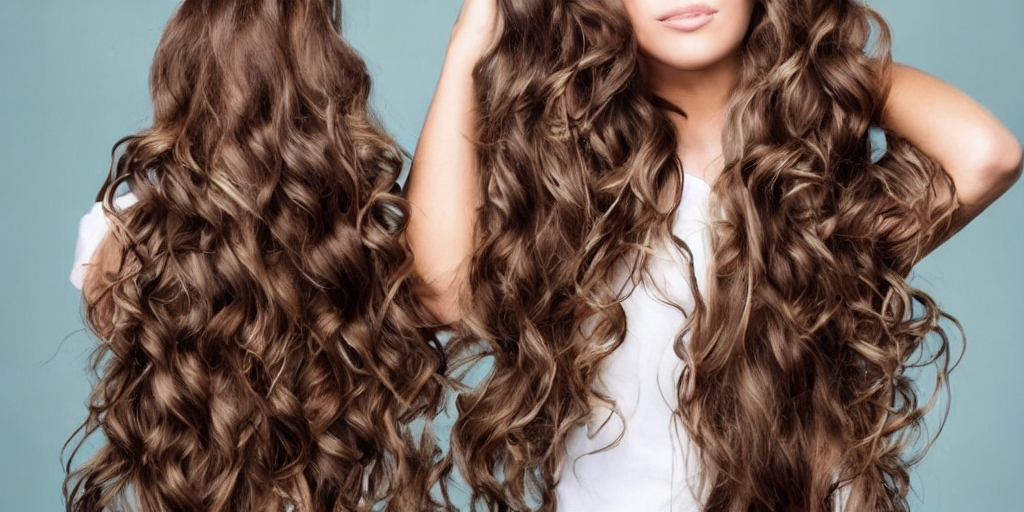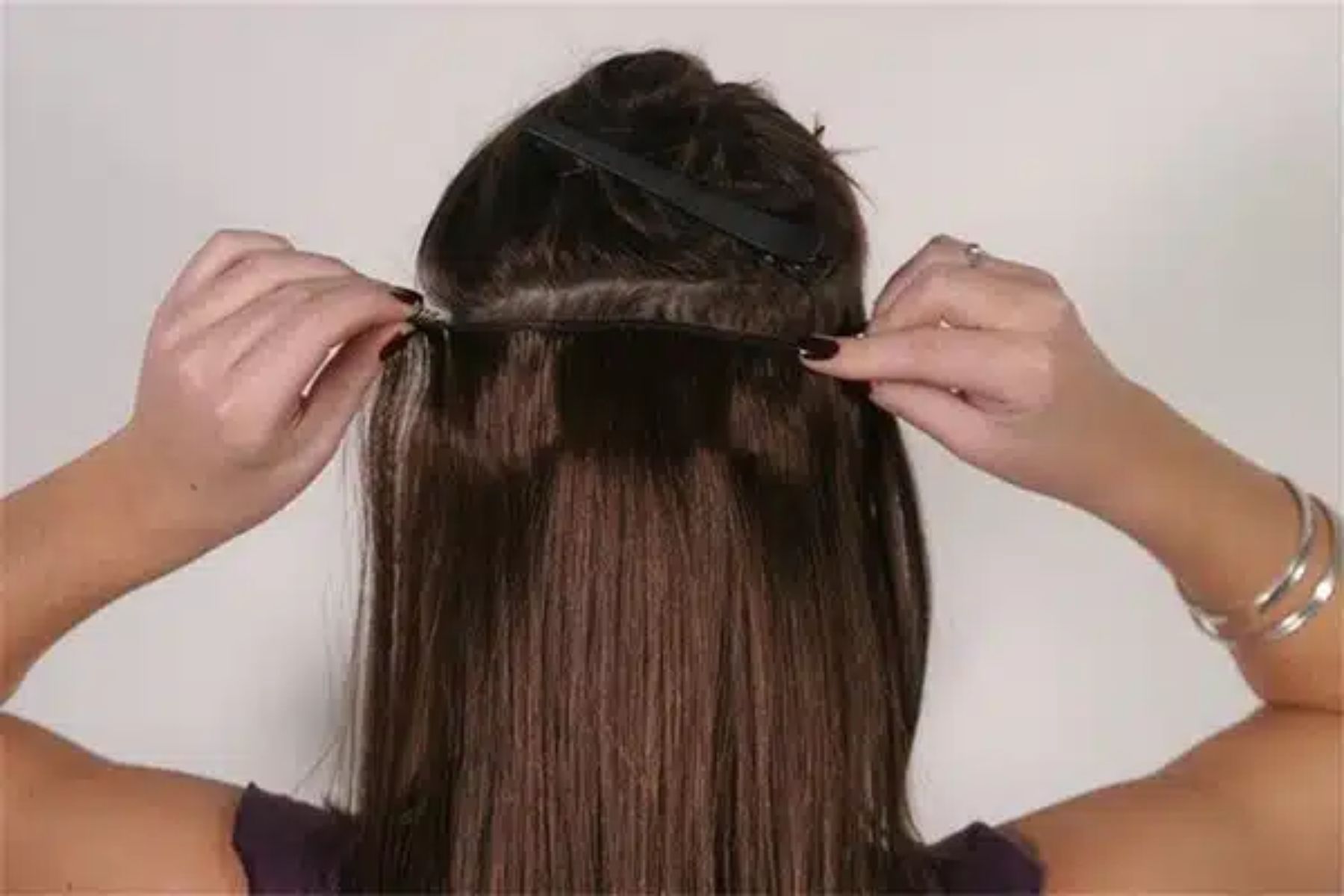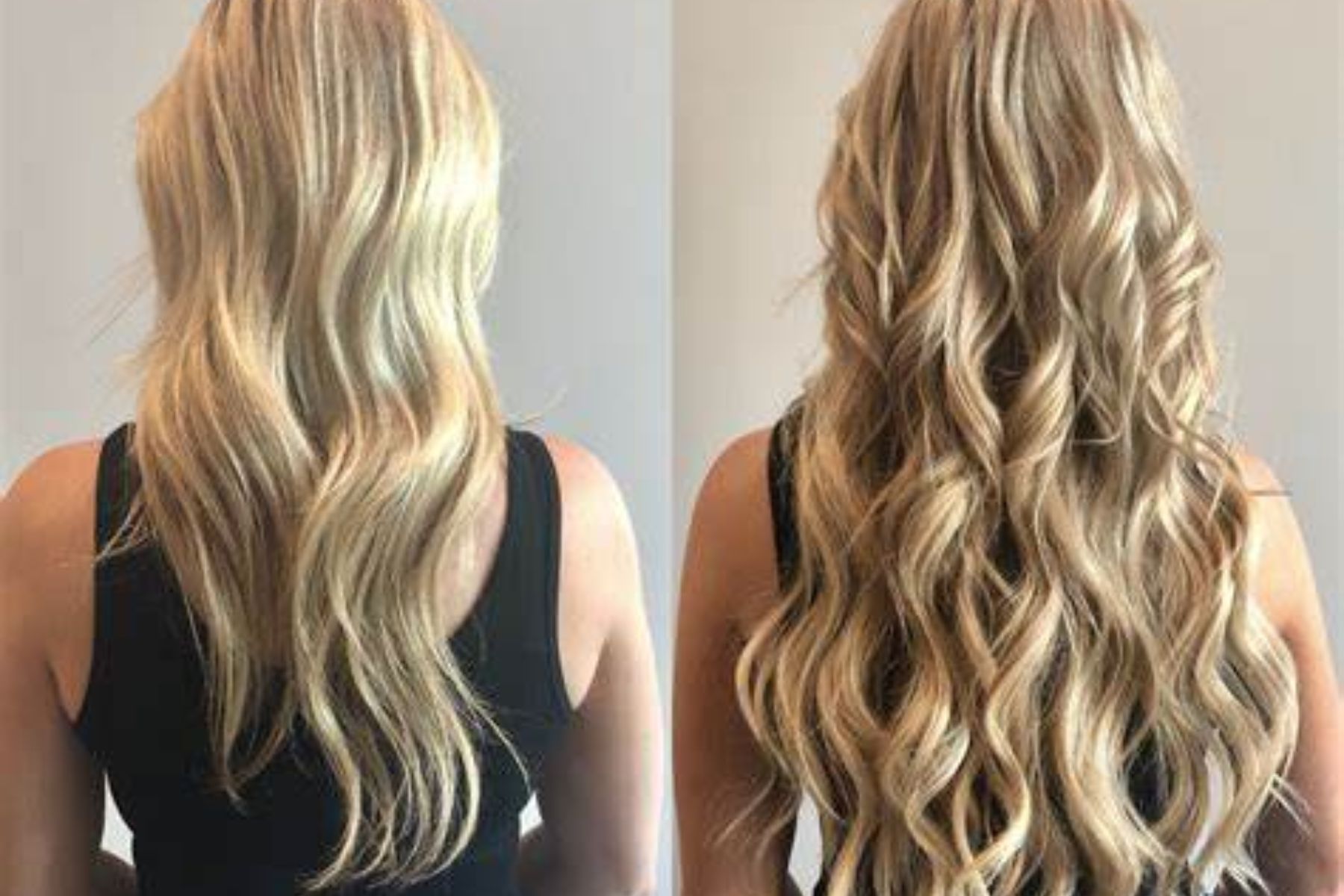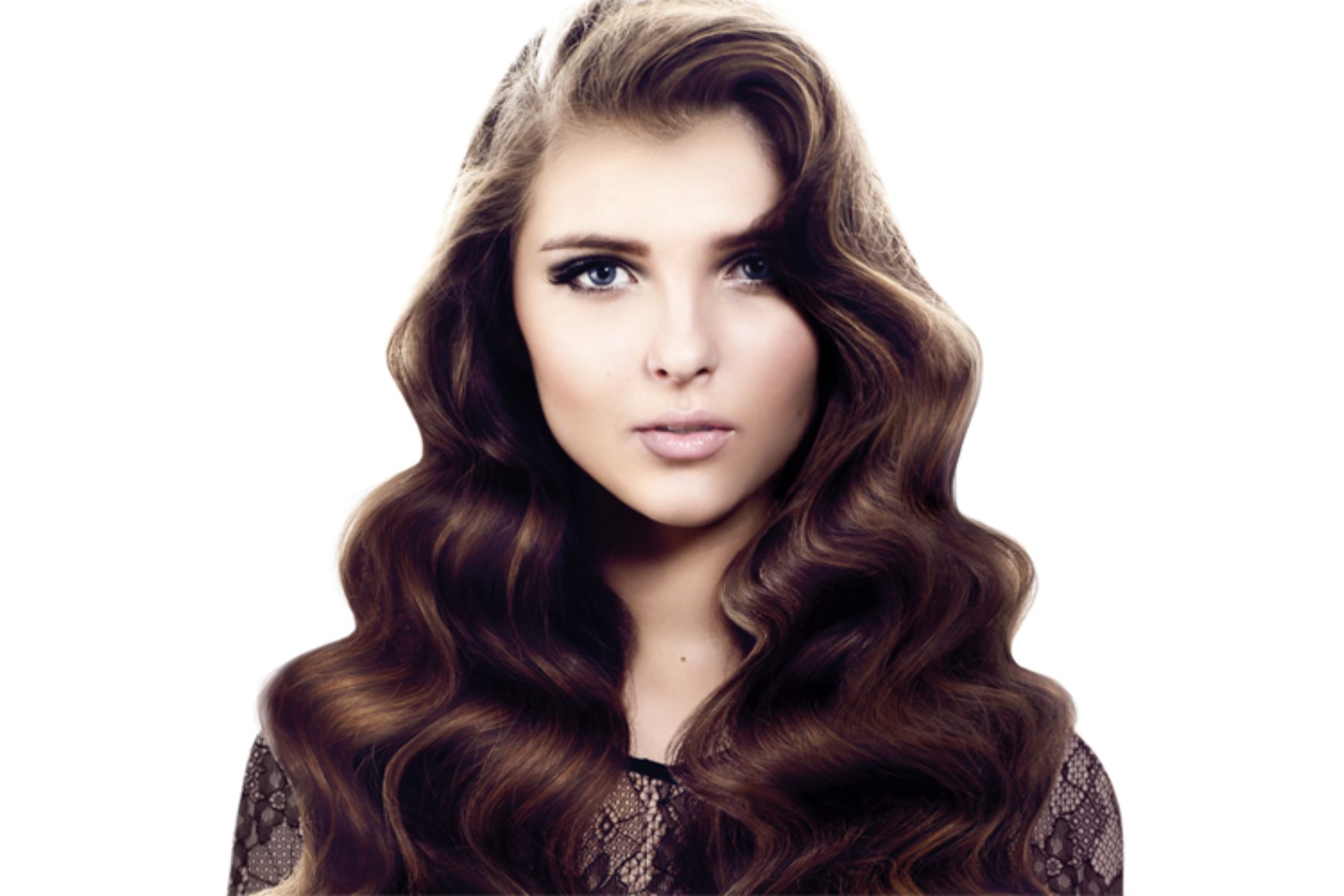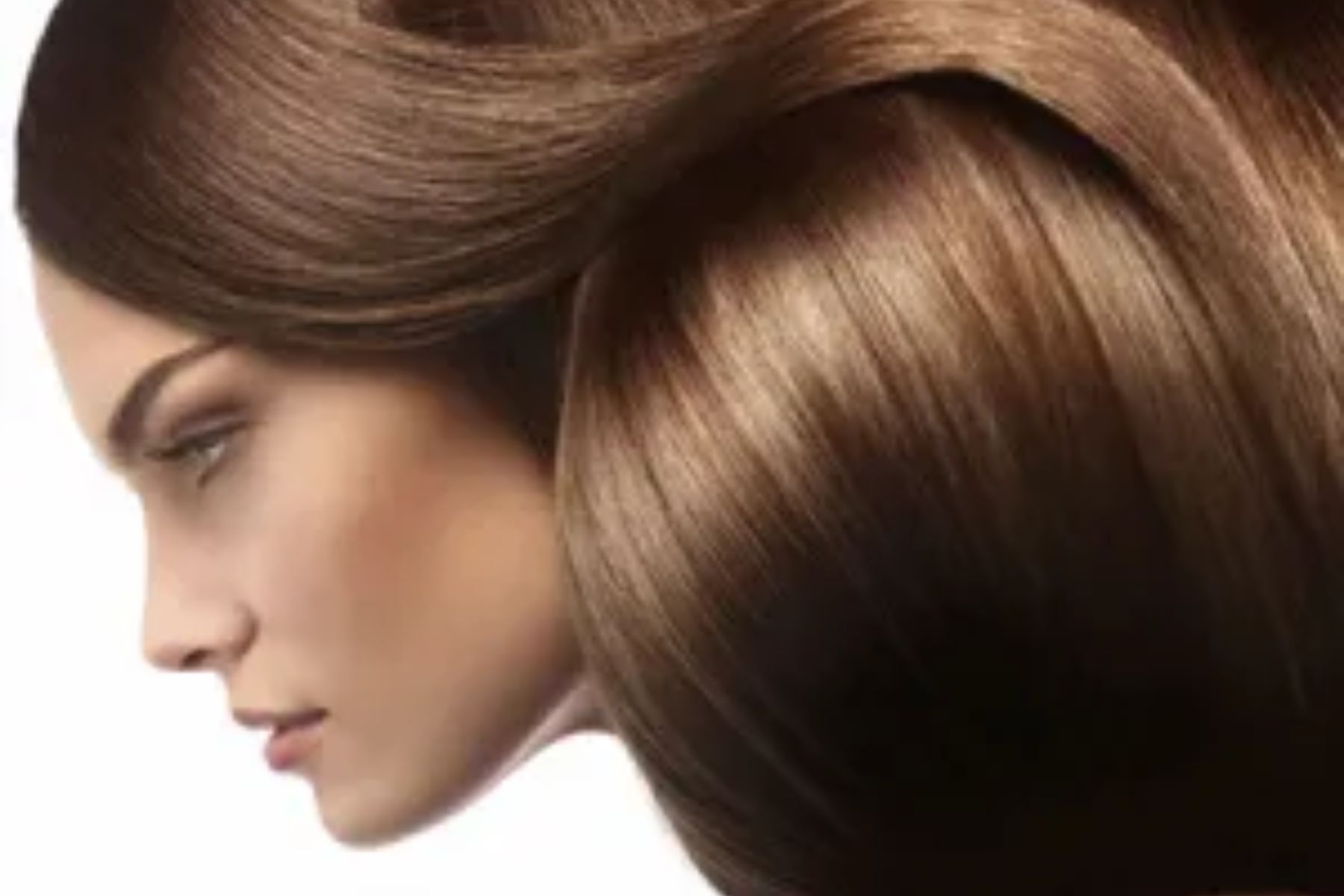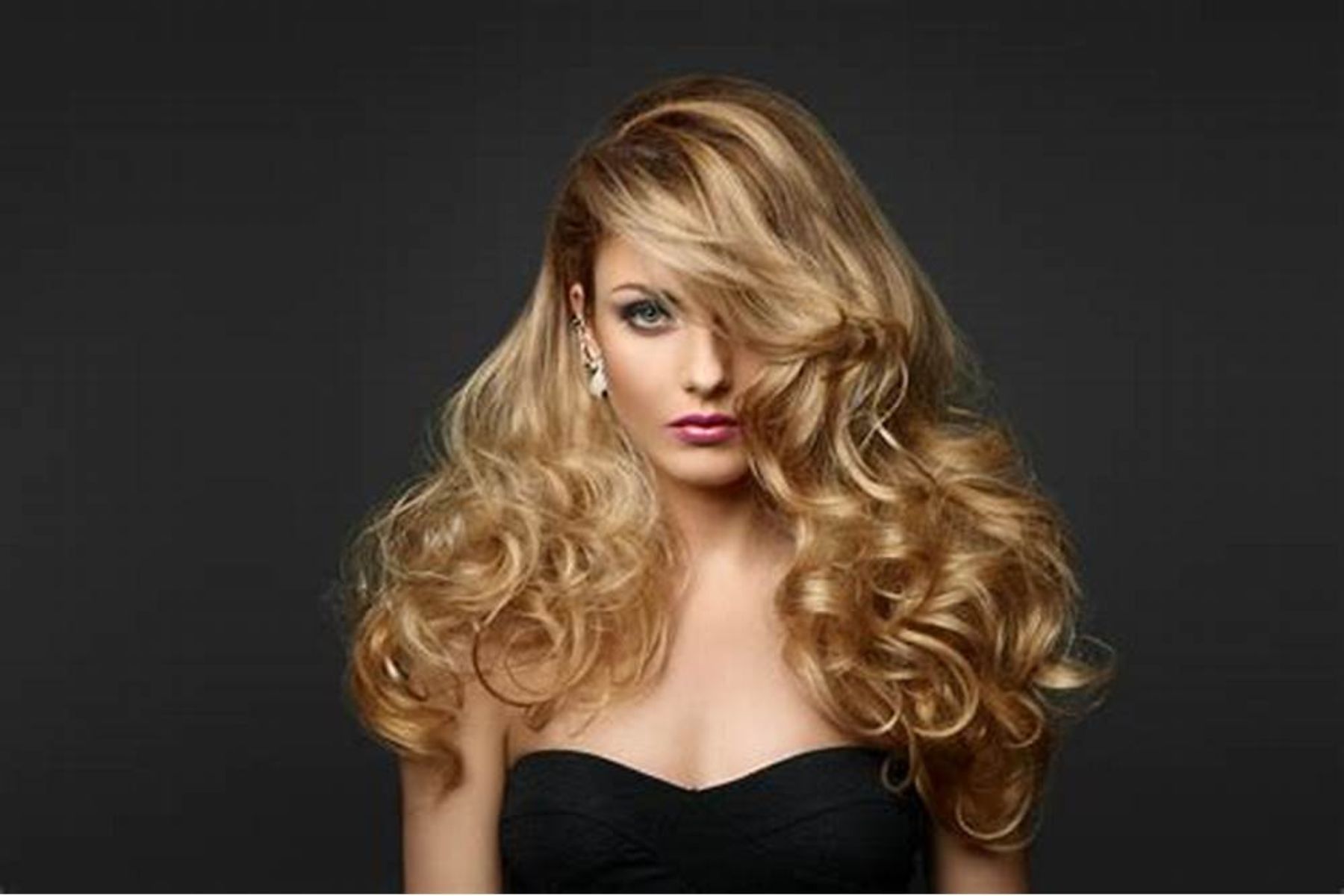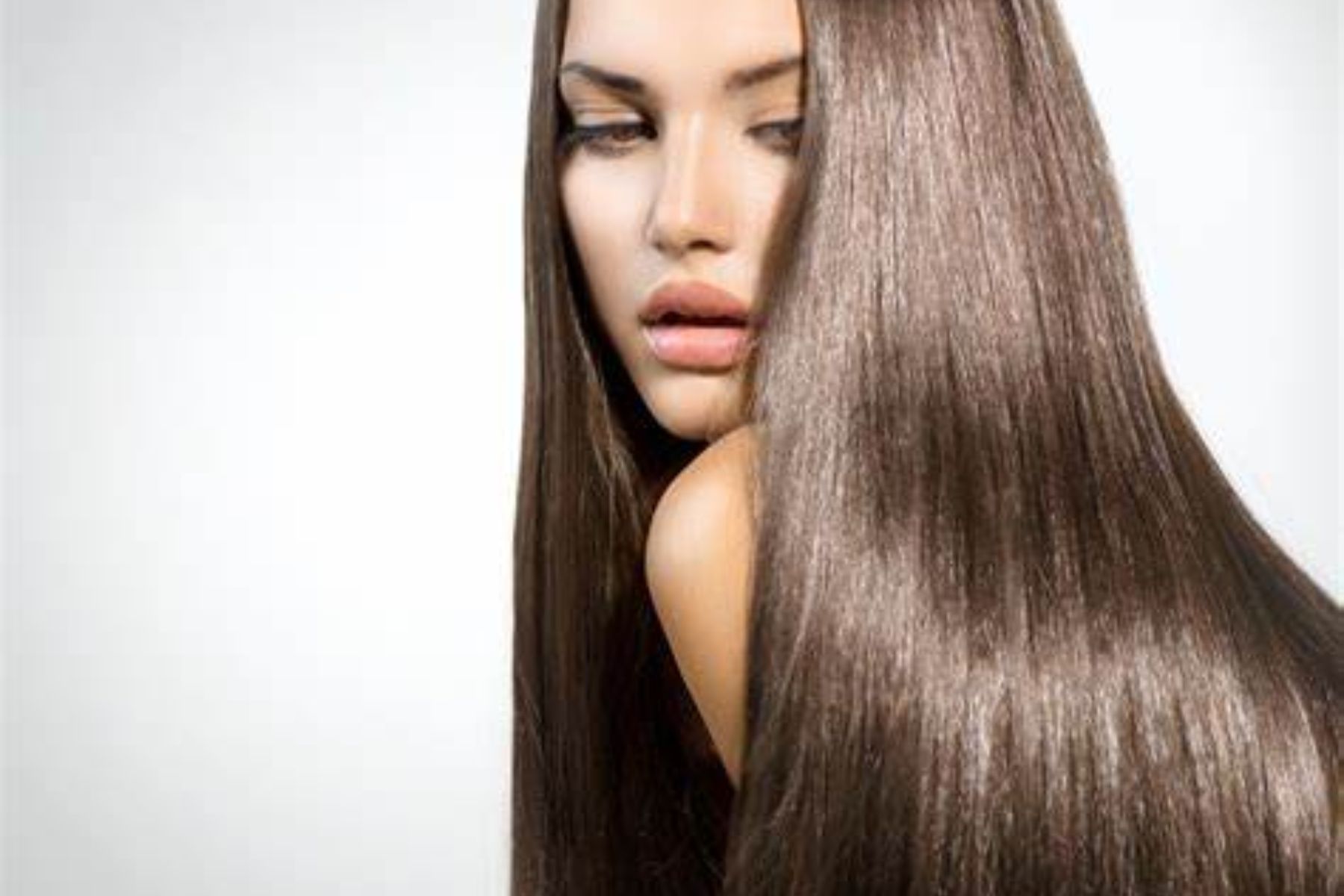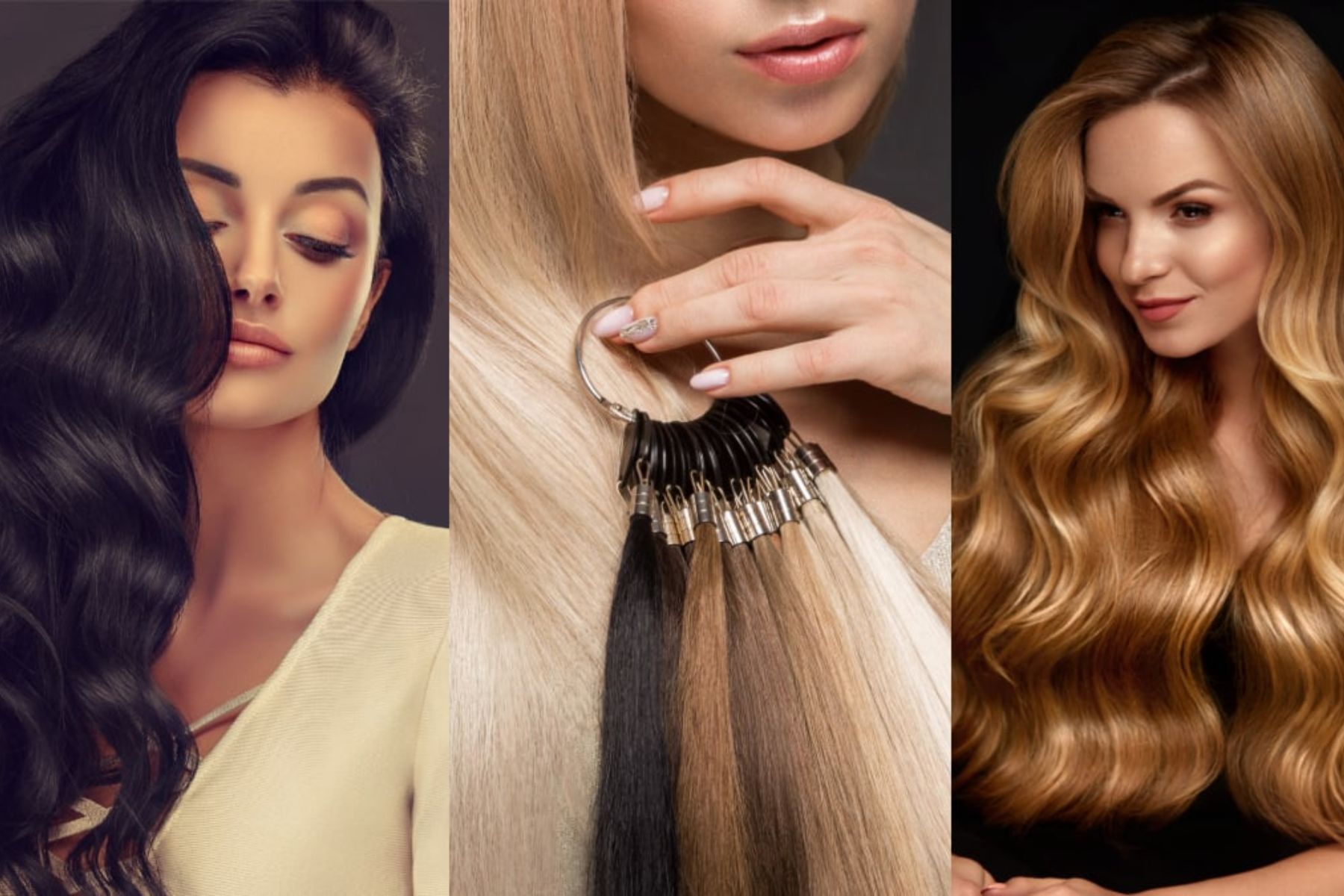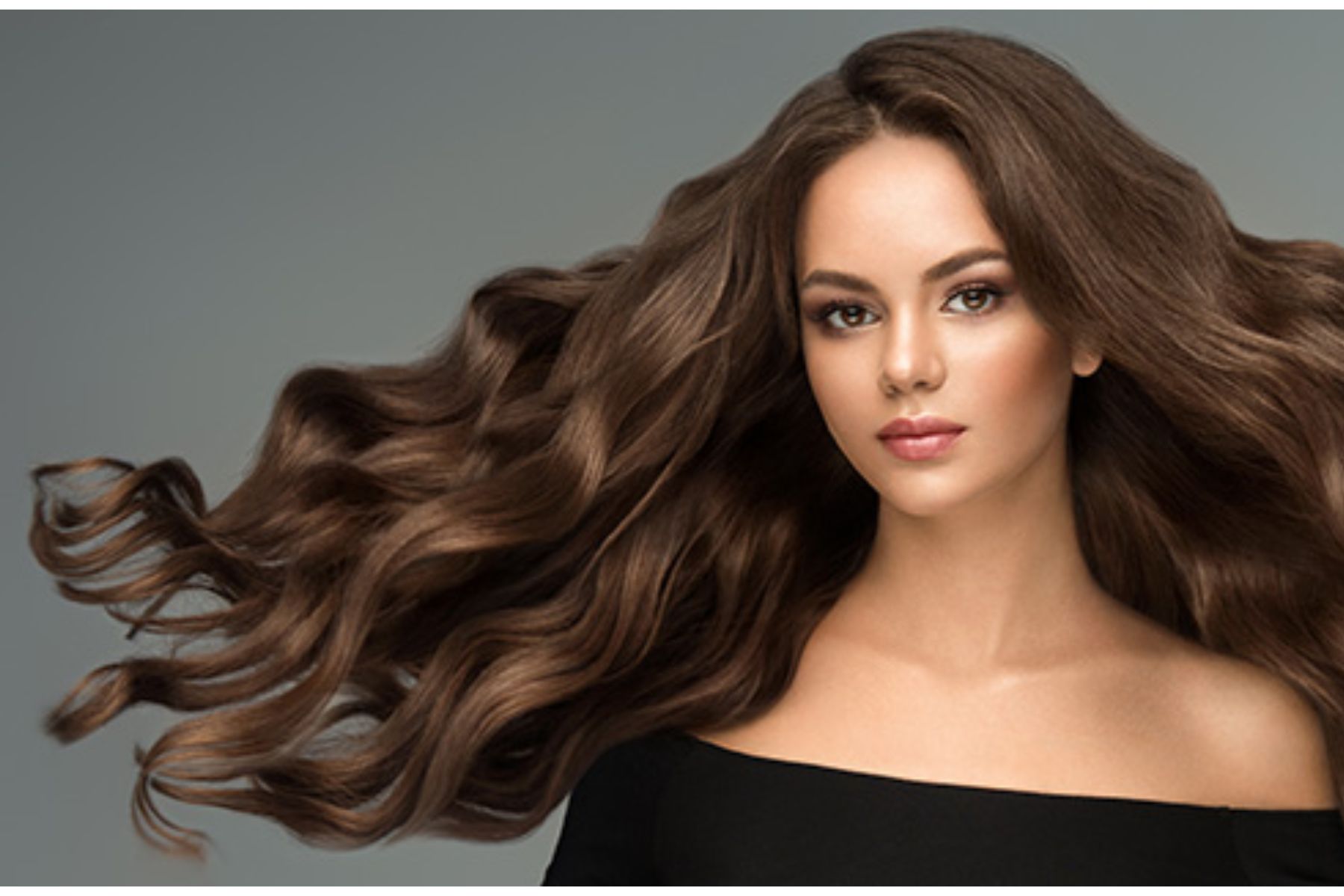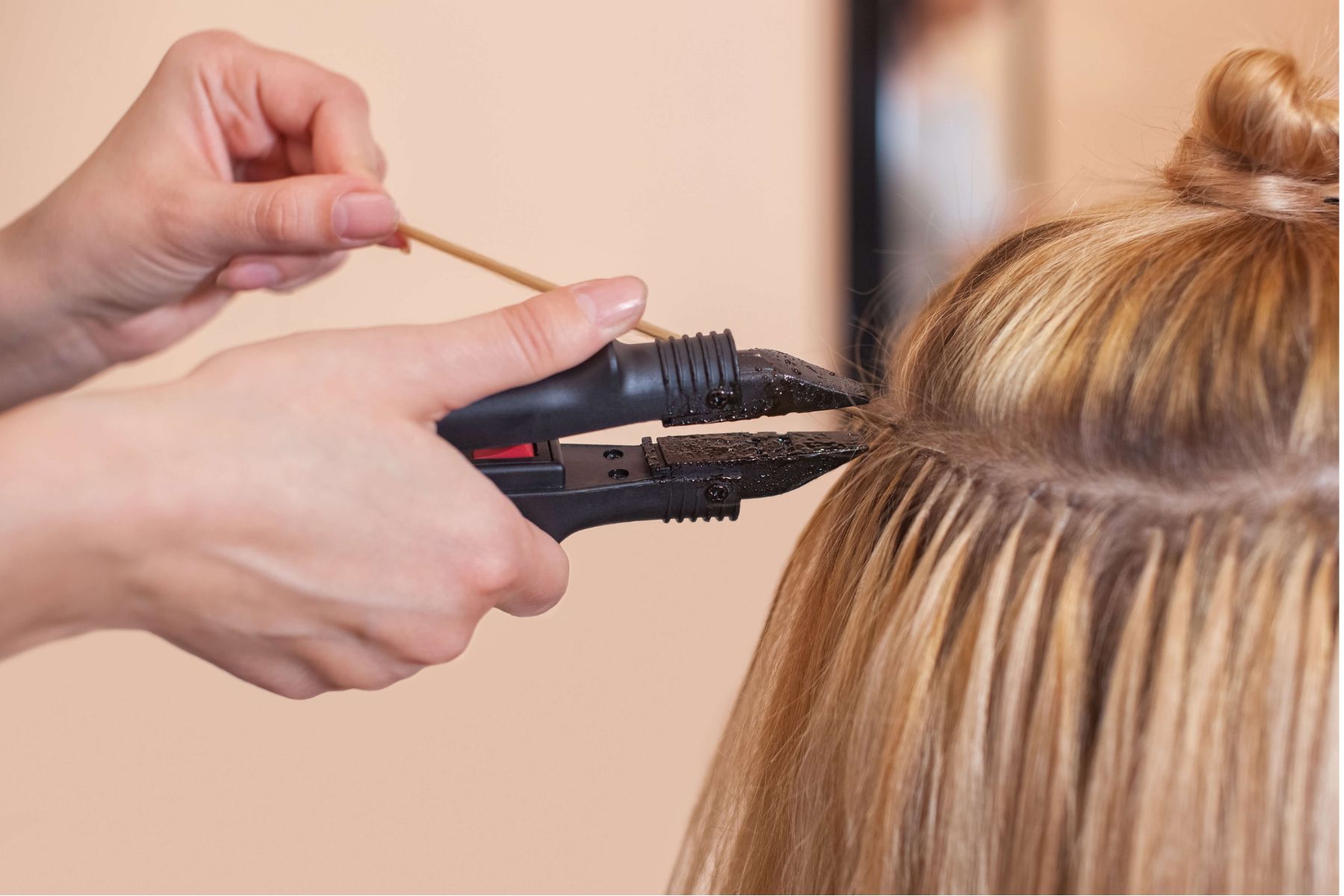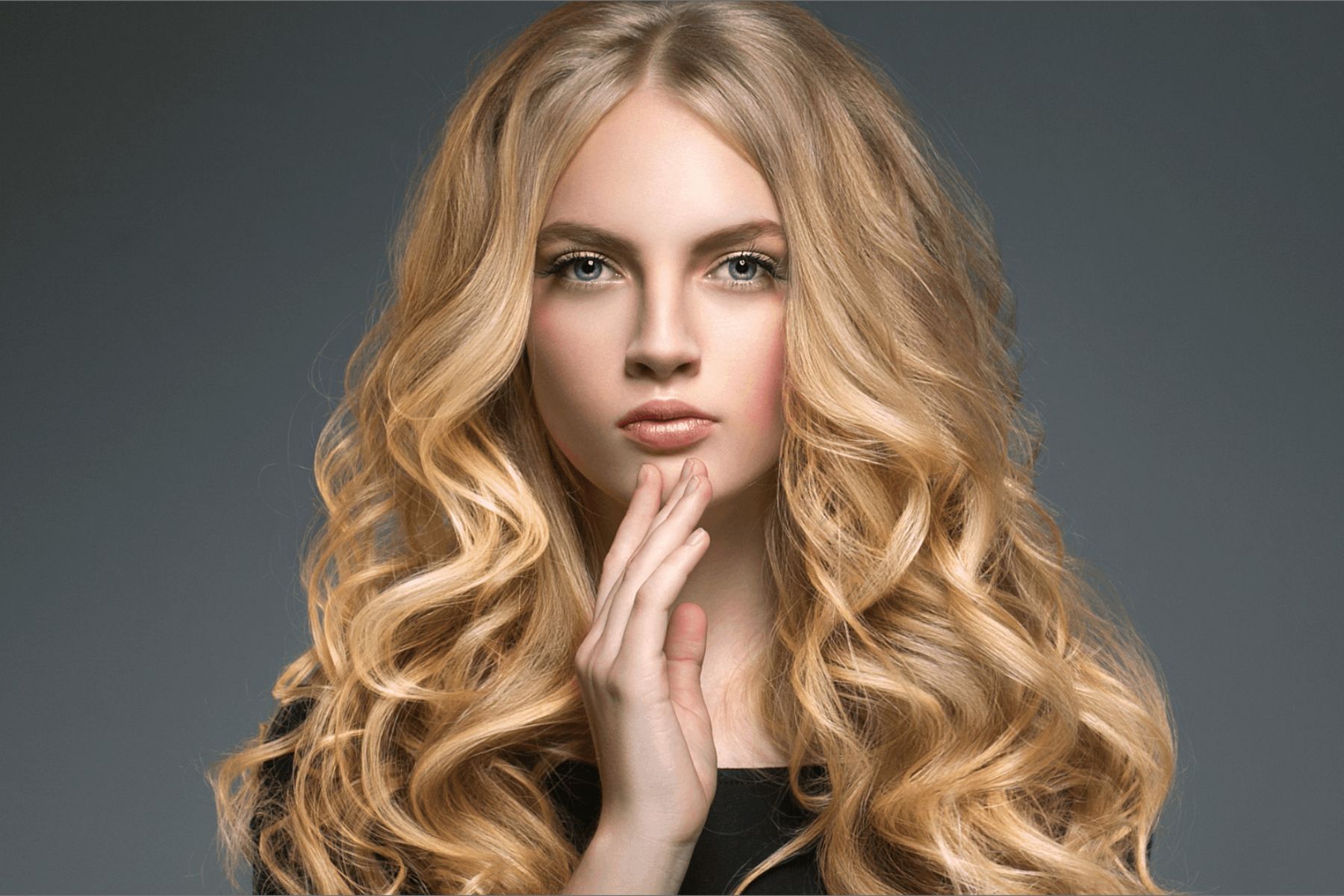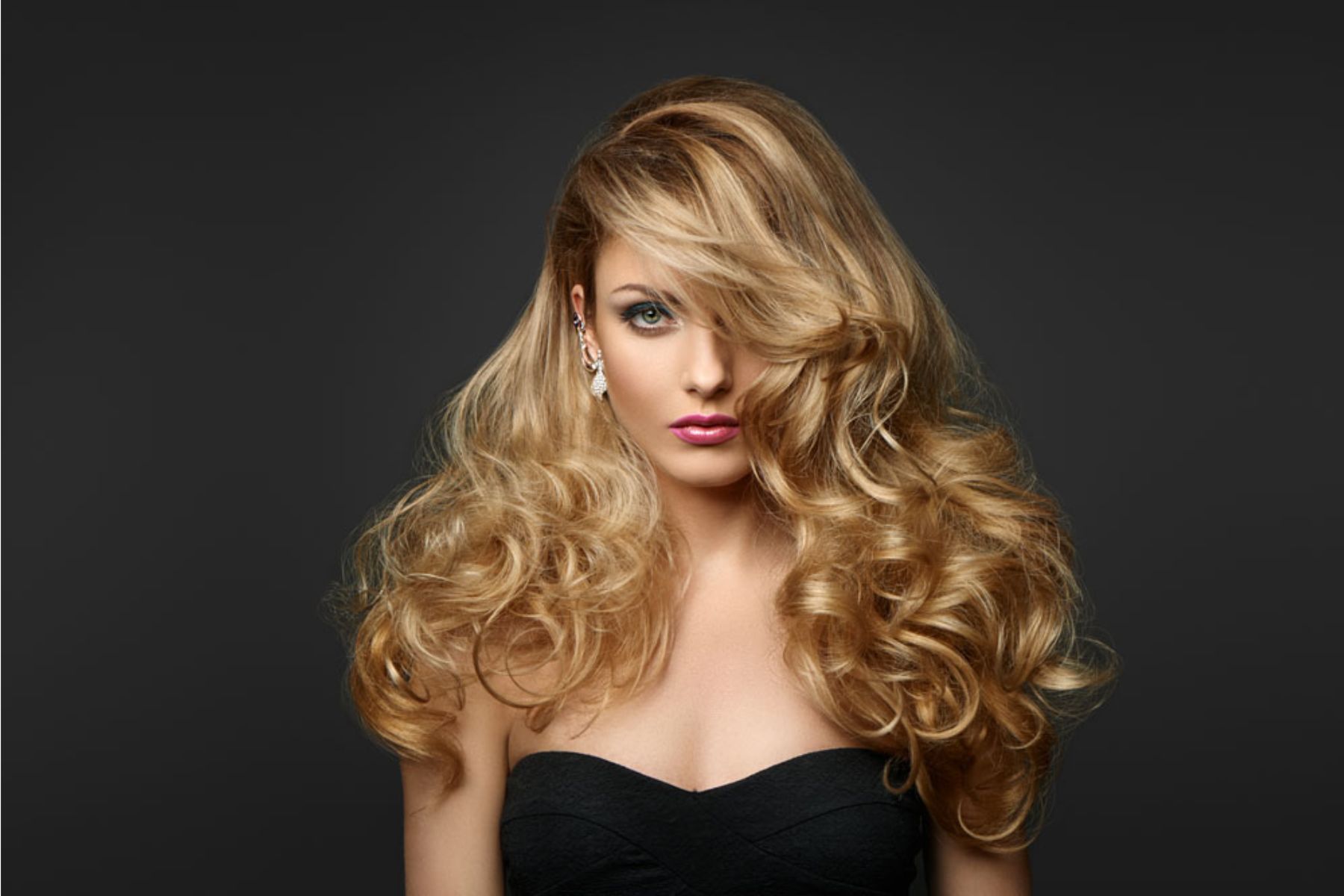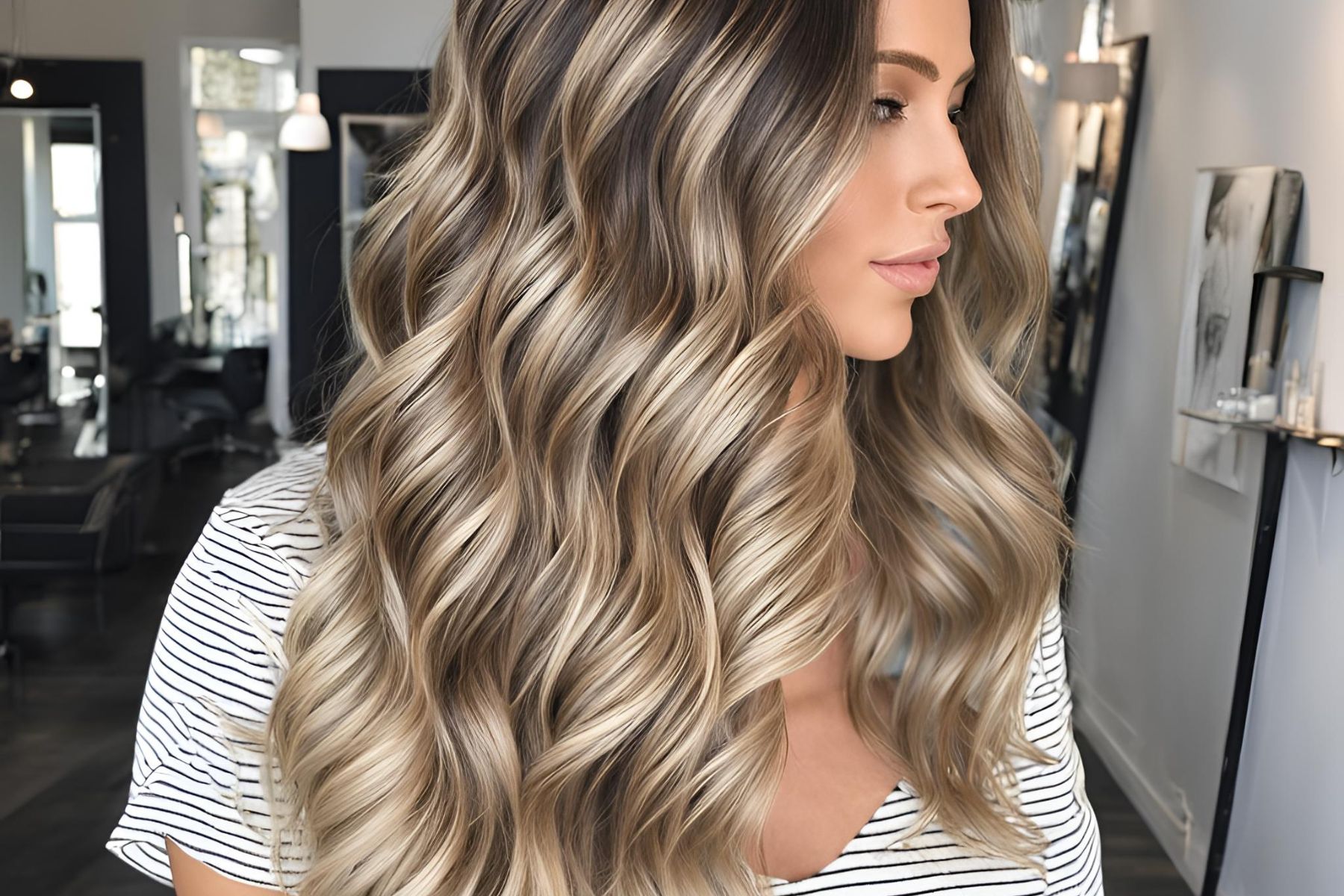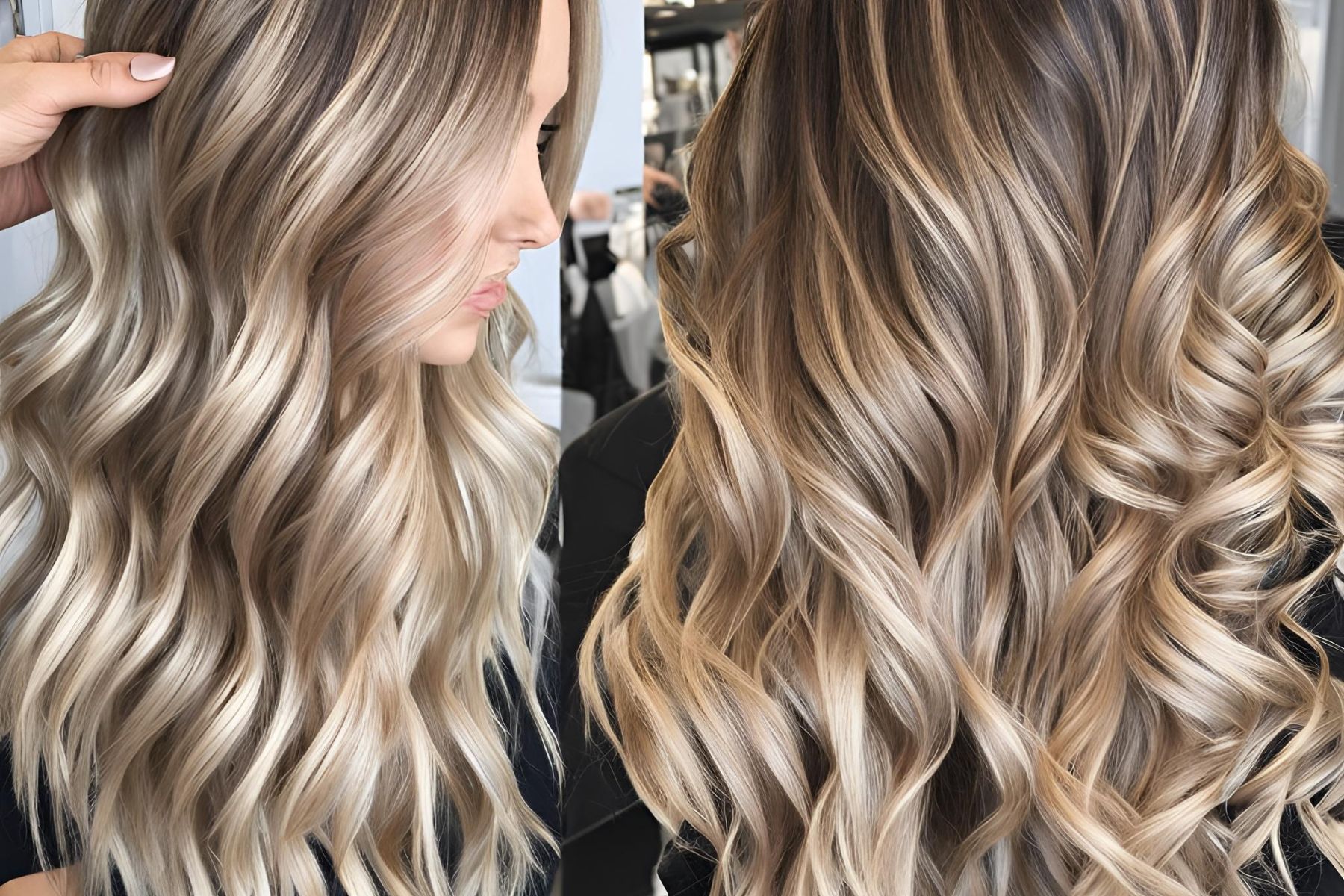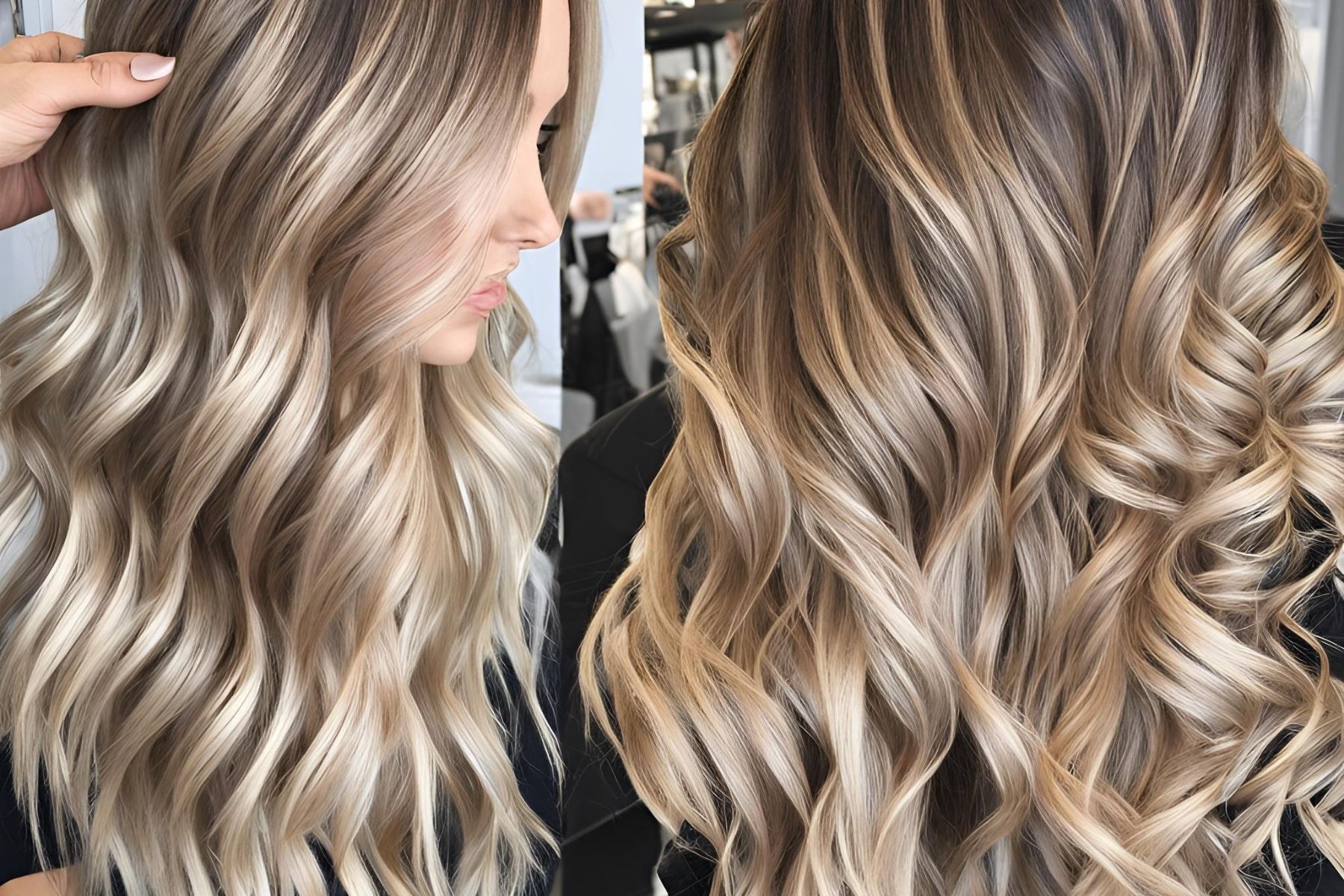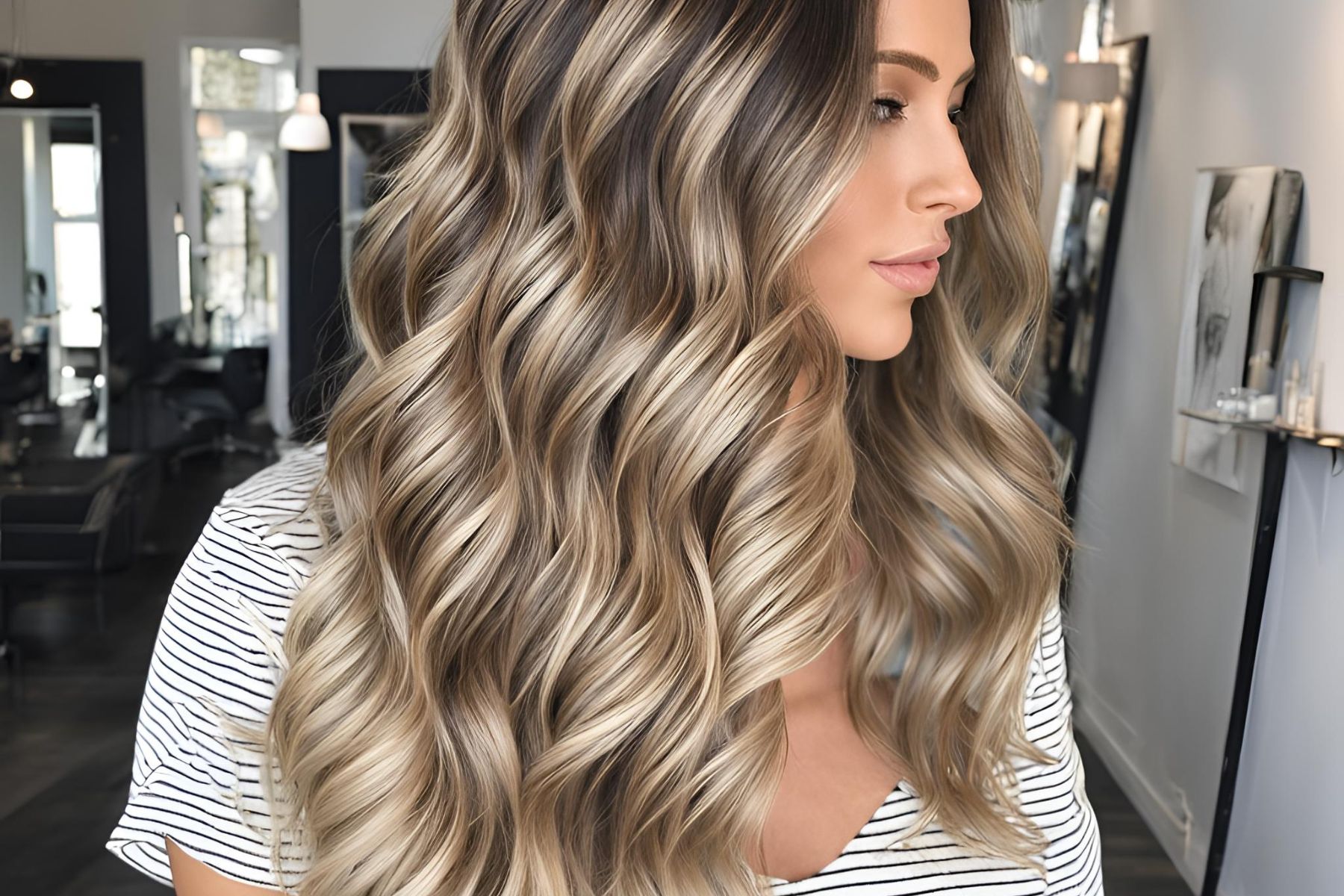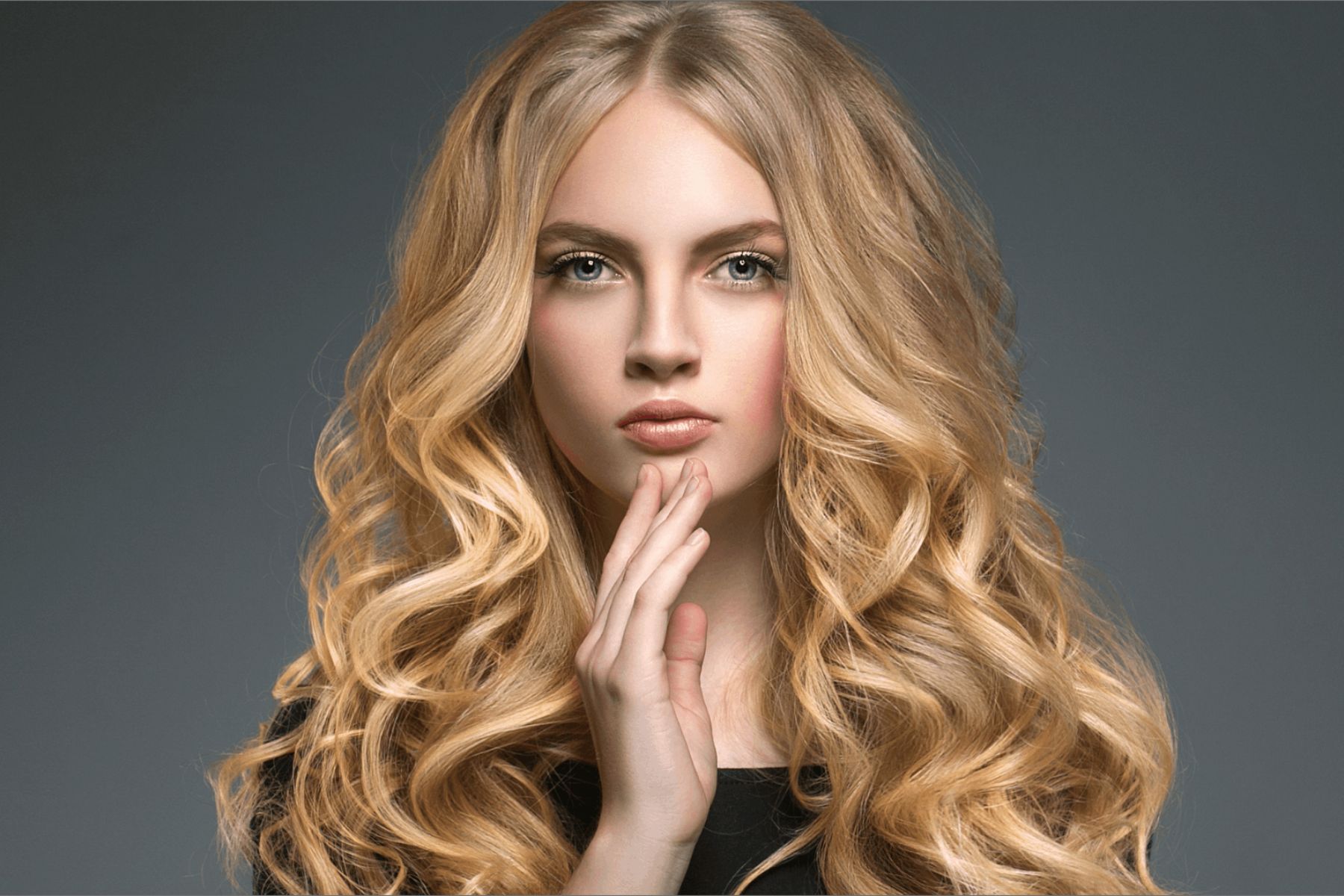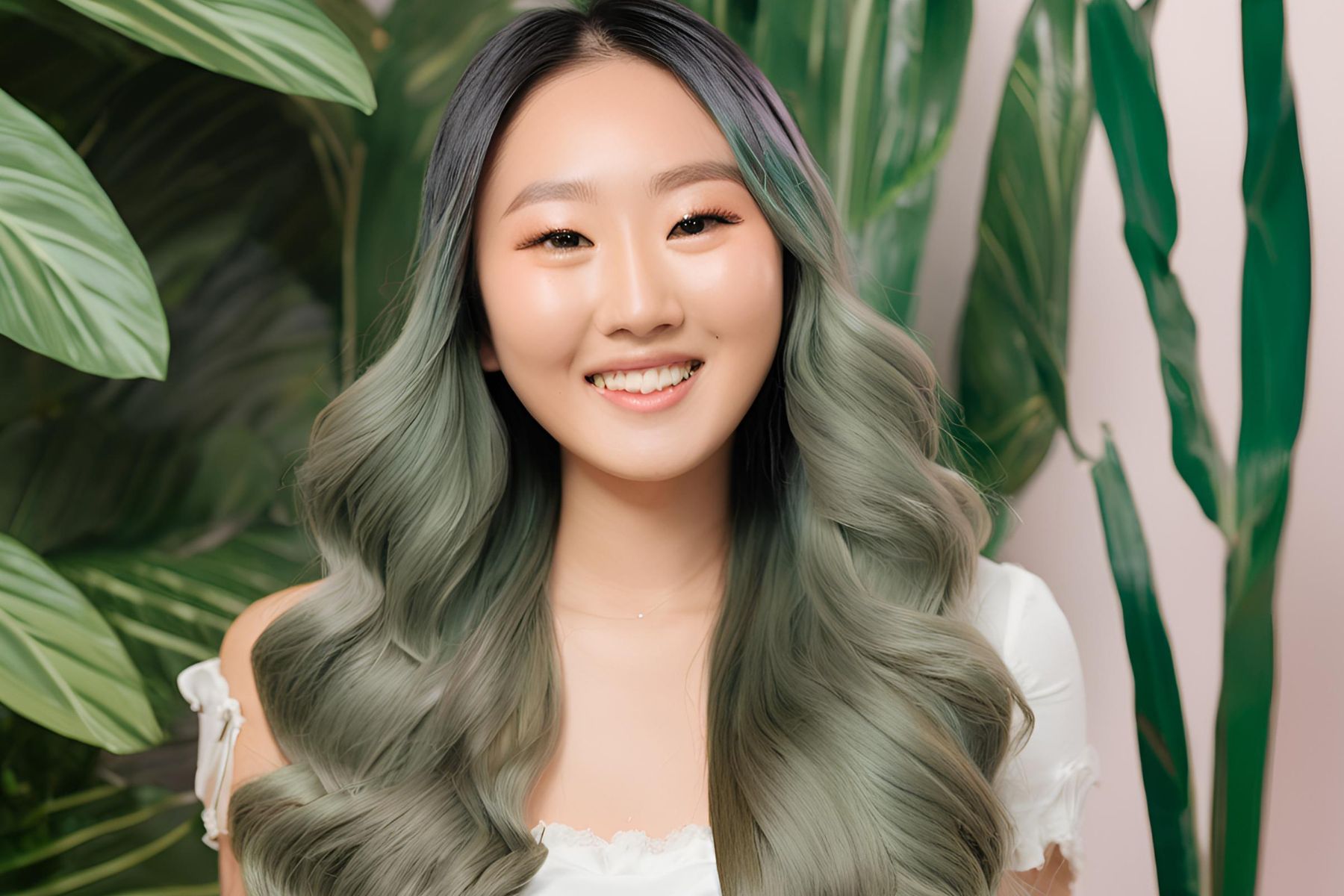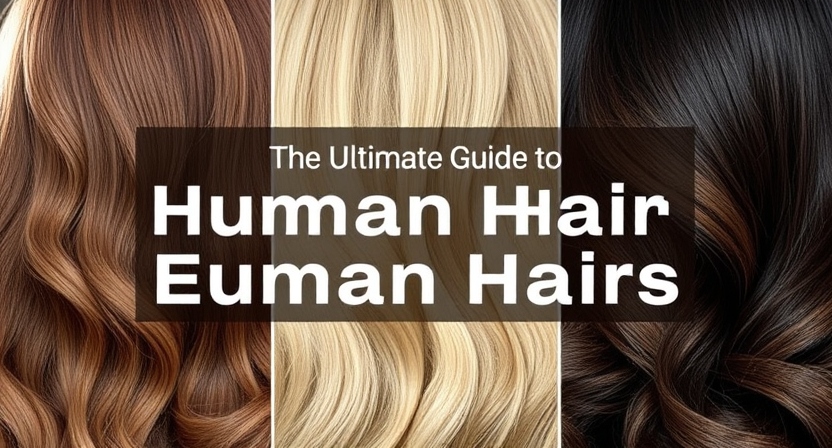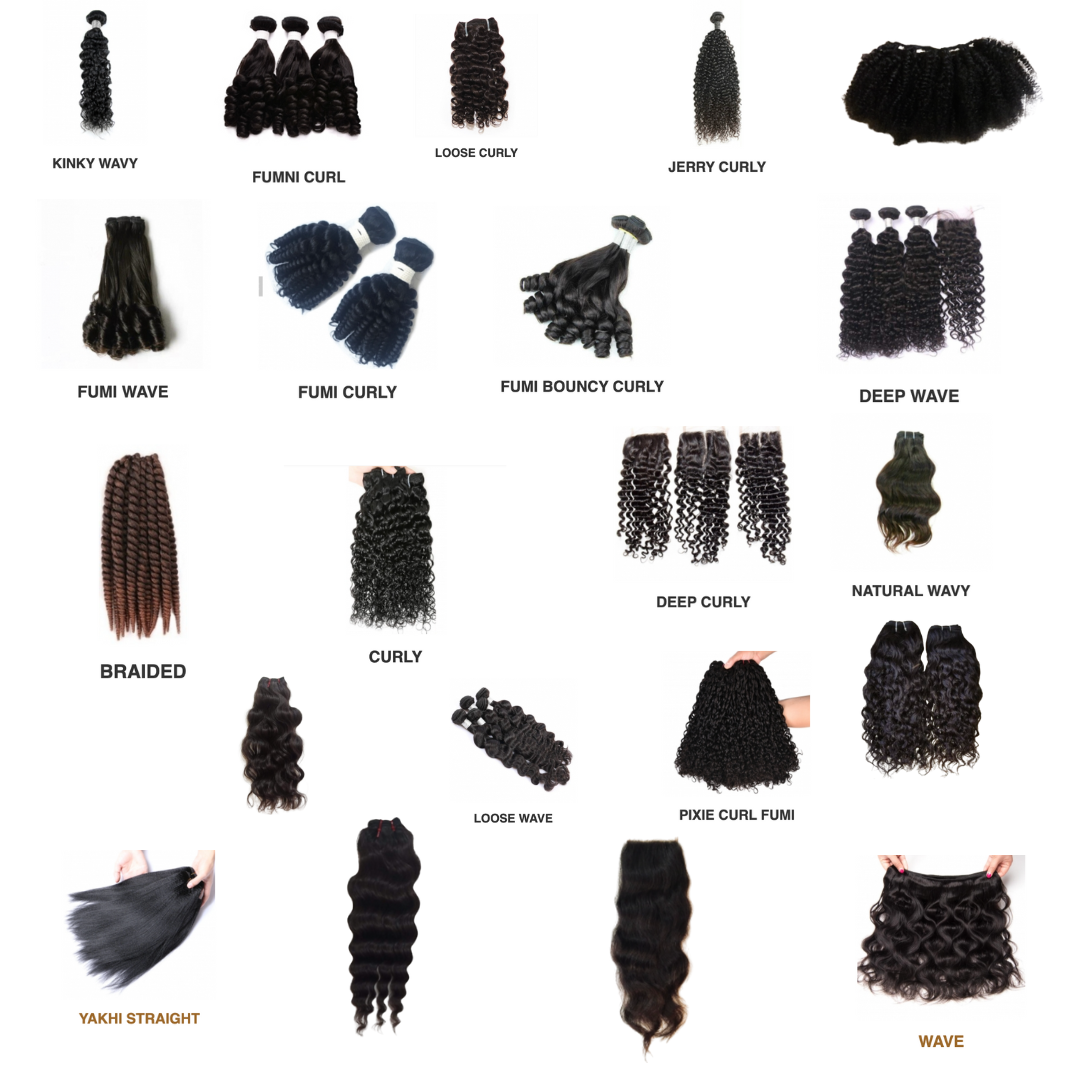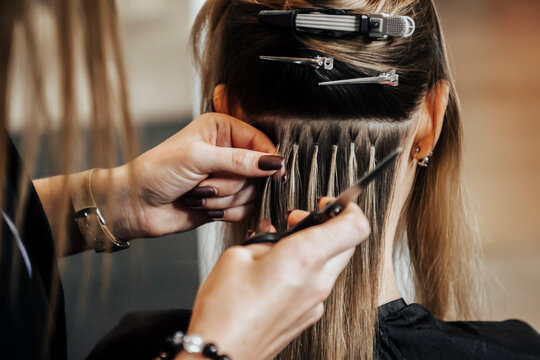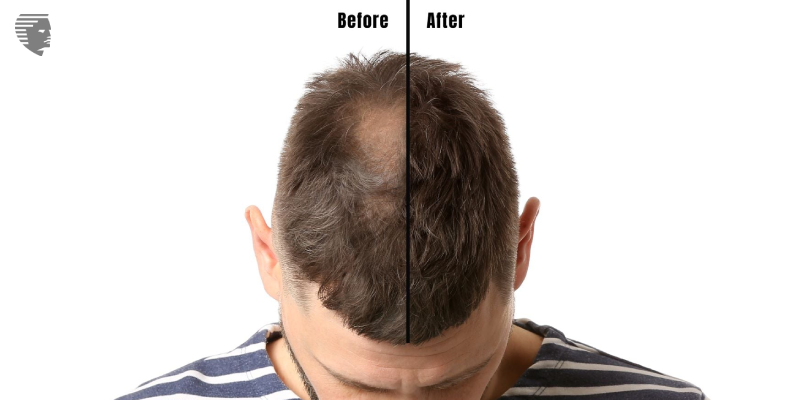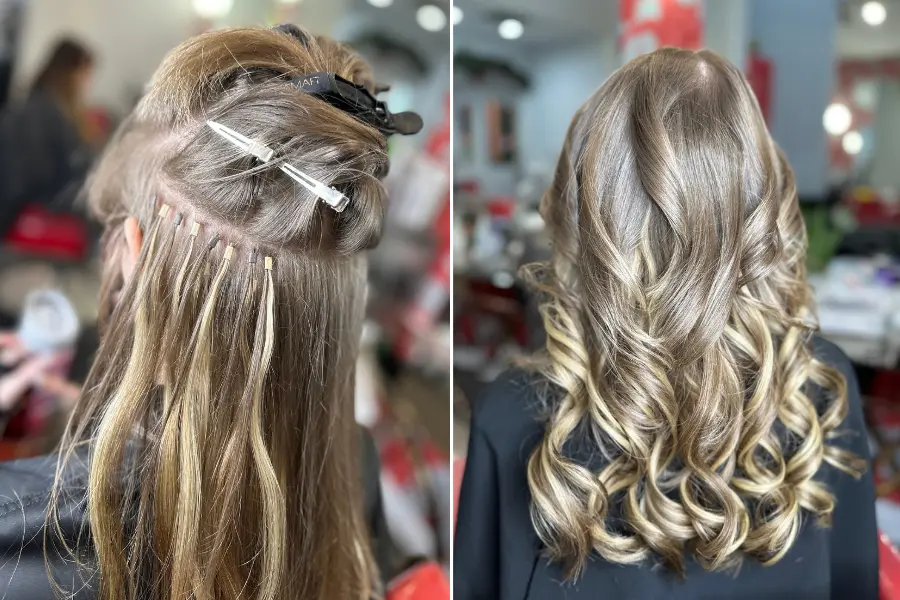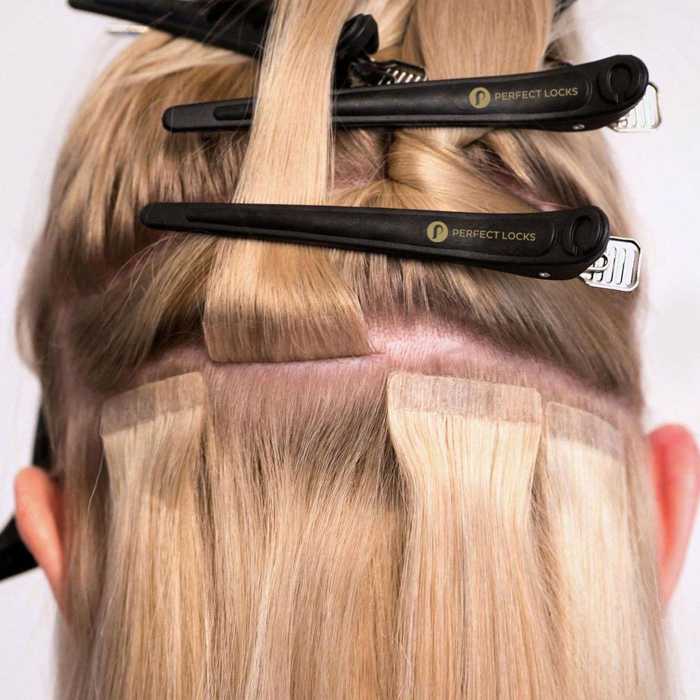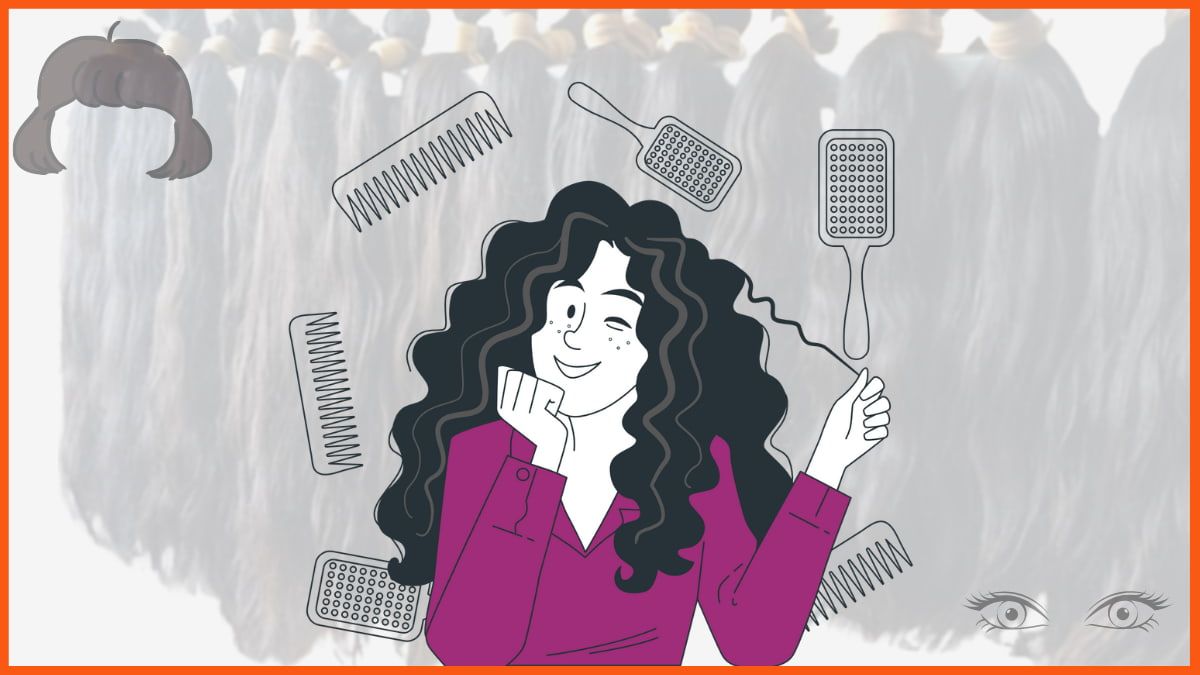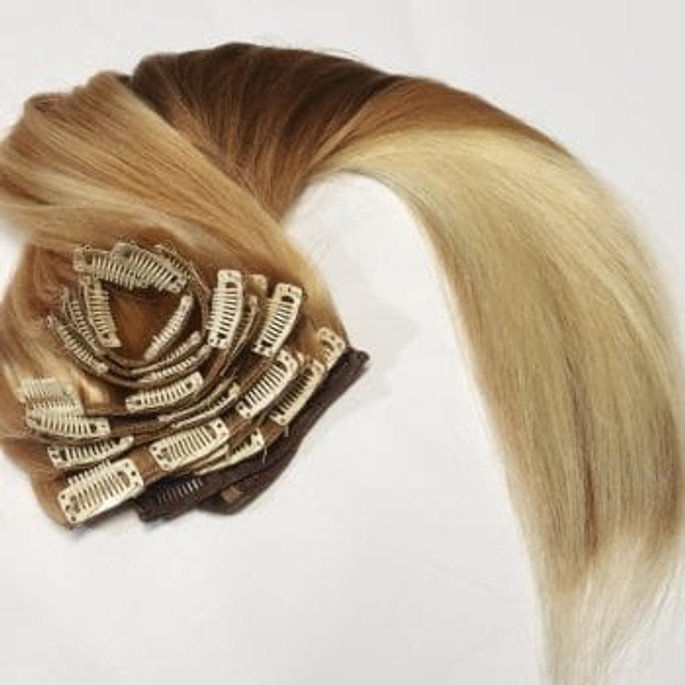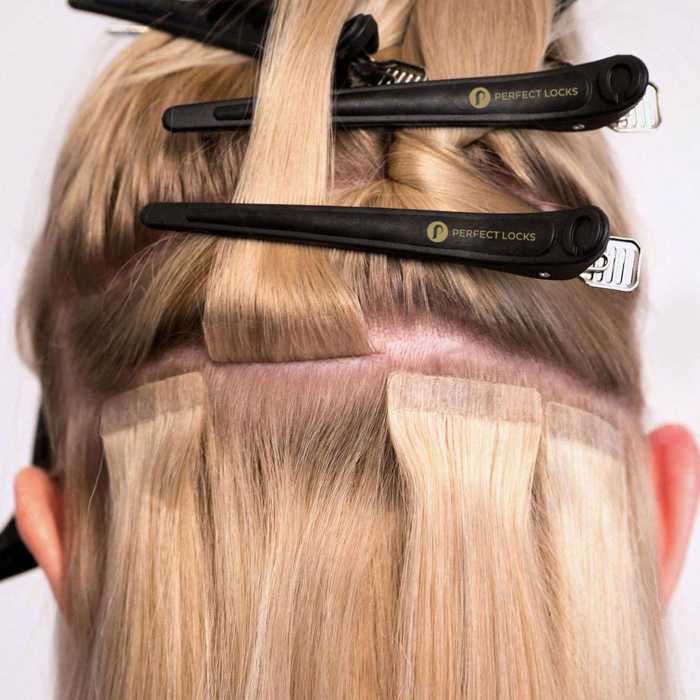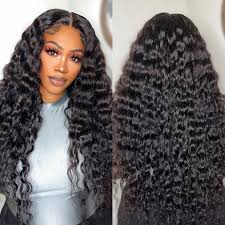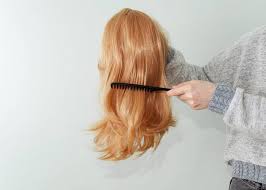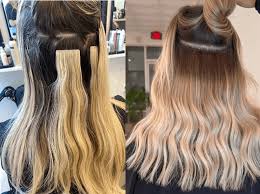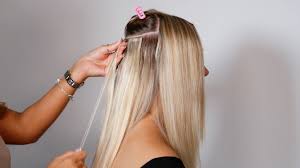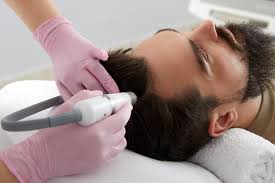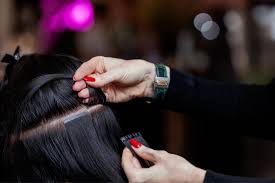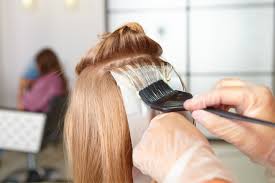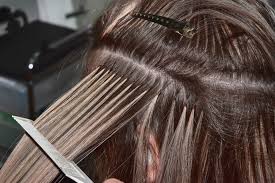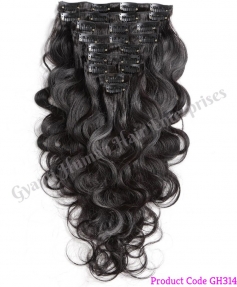Medical-Grade Wigs: A New Beginning After Hair Loss
Hair loss is much more than a cosmetic change — it’s emotional, personal, and can deeply impact self-esteem and daily life.
Whether it's caused by chemotherapy, alopecia, hormonal disorders, or other medical conditions, losing your hair can feel like losing a piece of your identity.
But here’s the good news:
Medical-grade wigs have emerged as not just a cosmetic solution, but a powerful tool for healing, restoring confidence, and reclaiming self-expression.
Let’s explore how these specialized wigs are changing lives — and how you (or someone you love) can find the perfect one.
Understanding Medical-Grade Wigs
First, what exactly is a "medical-grade" wig?
Medical-grade wigs are specially designed for individuals experiencing hair loss from medical conditions.
They're built with extra care, using:
-
Hypoallergenic materials to protect sensitive scalps
-
Ultra-lightweight caps to reduce pressure
-
Secure yet gentle fittings that stay put without discomfort
-
Natural hairlines and realistic density for a seamless look
Unlike traditional fashion wigs, these are engineered for comfort, realism, and safety — understanding that the wearer may have very delicate scalp conditions.
Why Medical Wigs Are Different (and Better for Hair Loss)
1. Superior Comfort
After chemotherapy, radiation, or autoimmune conditions, your scalp can become incredibly sensitive.
Medical wigs use soft linings (like silk or medical-grade silicone) to prevent itching, irritation, and friction.
2. Realistic Appearance
Medical wigs are handcrafted with meticulous detail.
Many use real human hair or premium fibers and are built with monofilament or lace caps that mimic natural hair growth patterns.
This makes it nearly impossible for anyone to tell you’re wearing a wig.
3. Secure Fit for Active Lifestyles
Whether you’re out jogging, dancing at a wedding, or simply chasing your kids around the backyard, medical wigs are designed to stay securely in place without constant adjustment.
4. Custom Options
Medical wig services often include customizations like:
-
Matching your natural hair color, part, and texture
-
Adjusting hair density to match your age and style
-
Designing a hairline that mirrors your original growth patterns
5. Insurance Coverage
Depending on your diagnosis and insurance plan, a medical-grade wig (often referred to as a "cranial prosthesis") may even be partially or fully covered by insurance.
.jpg)
Who Are Medical Wigs For?
Medical-grade wigs are ideal for anyone experiencing hair loss from:
-
Chemotherapy
-
Radiation therapy
-
Alopecia areata, totalis, or universalis
-
Severe trichotillomania
-
Burns or scalp injuries
-
Genetic hair loss conditions
Even temporary hair loss (like postpartum shedding or COVID-related hair thinning) can sometimes call for a temporary medical wig solution.
The Emotional Impact of Medical-Grade Wigs
Let’s be real:
Hair loss isn’t just about looks.
It’s about identity, empowerment, and feeling like yourself again.
Many wearers describe putting on their medical-grade wig as an emotional moment — sometimes even bringing them to tears (the good kind!).
Some say:
-
"I finally recognized myself in the mirror again."
-
"My kids stopped looking worried when they saw me."
-
"I could walk into a room without feeling like all eyes were on my illness."
It’s not vanity.
It’s healing.
How to Choose the Right Medical Wig: A Step-by-Step Guide
Buying a medical-grade wig can feel overwhelming, especially during an already emotional time.
Here’s a simple guide:
1. Find a Certified Medical Wig Provider
Look for salons or boutiques specializing in medical hair loss.
They’ll know exactly how to fit you, care for your scalp, and help with insurance paperwork.
2. Decide Between Human Hair and Synthetic
Human Hair Wigs:
-
Pros: Ultra-natural look, styling versatility
-
Cons: More expensive, requires daily maintenance
Premium Synthetic Wigs:
3. Get Professionally Fitted
Even if you order online, make sure your head is professionally measured — especially if you have scalp swelling, tenderness, or surgical scars.
4. Customize Your Look
Bring in photos of your former hairstyle if you want to replicate it — or choose something new to celebrate a fresh start!
5. Learn About Care and Maintenance
Medical wigs need gentle care:
Real Life Stories: Courage, Recovery, and New Confidence
✨ Story 1: Olivia’s Fight Against Breast Cancer
After Olivia’s second round of chemo, her hair started falling out in clumps.
Heartbroken, she visited a medical wig boutique and found a custom human hair wig that matched her exact chestnut waves.
"It wasn't just a wig. It was a piece of my spirit I got back," she said.
✨ Story 2: Amir’s Alopecia Journey
Diagnosed with alopecia universalis at 16, Amir struggled for years with self-confidence.
After investing in a lightweight medical wig designed for active lifestyles, he says,
"I stopped living in the shadows."
Top Tips for Wearing a Medical Wig Comfortably
-
Prep your scalp: Use scalp-friendly serums or wipes before wearing your wig.
-
Adjust your fit: Elastic bands or medical-grade adhesives can make a world of difference.
-
Embrace accessories: Stylish scarves, hats, and headbands can complement your look and offer variety.
-
Give yourself grace: There will be good hair days and bad hair days — and that’s perfectly okay.
What’s Next in Medical Wigs?
The future is bright:
-
AI-Personalized Wigs based on 3D scalp mapping
-
Cooling Wig Caps for regulating scalp temperature
-
Self-Adhesive Wigs without glues or tapes
-
Eco-Friendly Materials for sensitive environments
Technology and compassion are coming together like never before — making medical wigs more comfortable, more natural, and more empowering than ever.
✨ Final Thoughts: A Wig Is More Than Hair — It’s Hope
If you're facing hair loss, know this:
You deserve to feel beautiful, confident, and seen.
Medical-grade wigs are a bridge — not just to a new look — but to renewed self-esteem and strength during one of life’s toughest journeys.
Whether you choose to replicate your old style or celebrate a new one, your hair story is your own — and it’s powerful beyond measure.
You are more than your hair.
But if you choose, your hair can once again be a source of joy, beauty, and identity. 💖
Related Blog

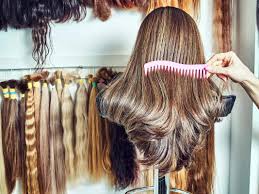
.jpg)



